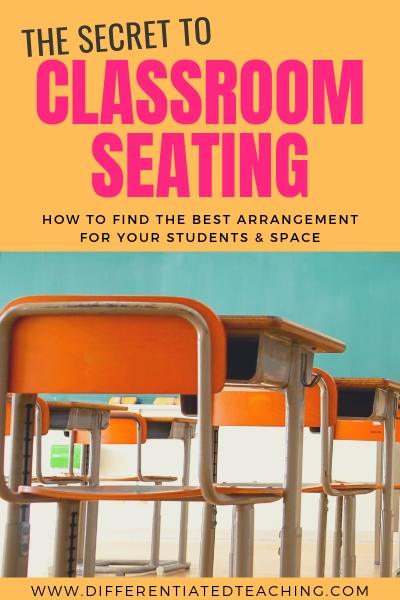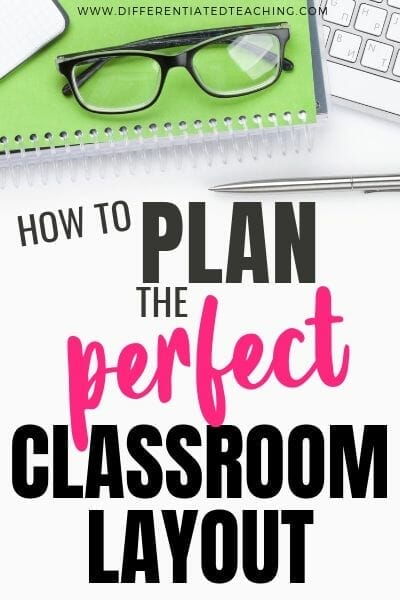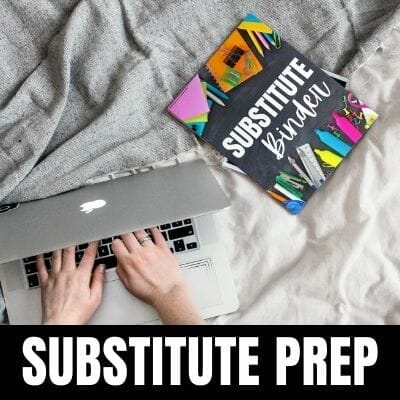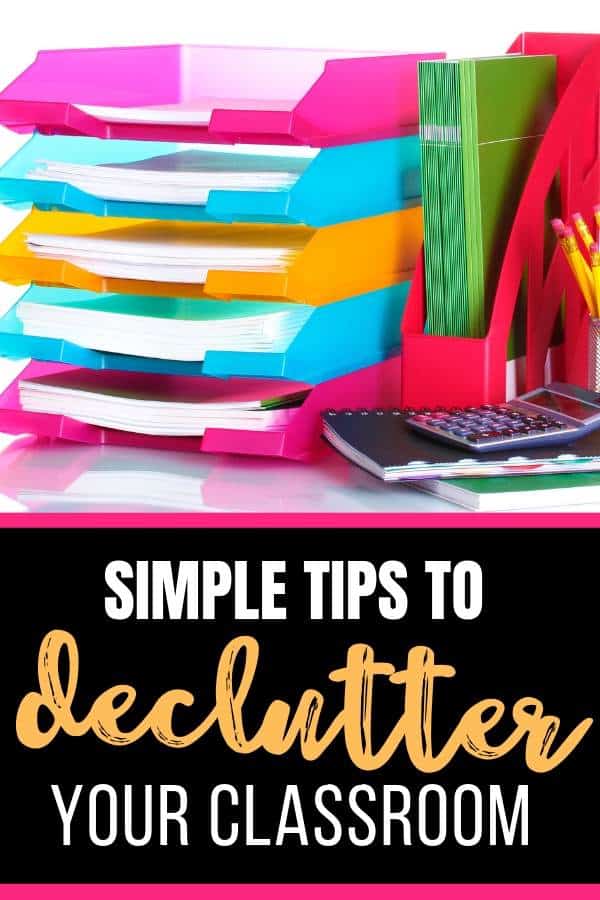Flexible seating for beginners: How to Get Started
Flexible Seating. It’s all the rage in classrooms these days. But what’s all the buzz REALLY about…and is it a good fit for your learning environment?
If you haven’t yet jumped on this trend, consider this your starter guide. Sit back, relax, and get ready to find out what it is, and isn’t, and how to implement it in your classroom.
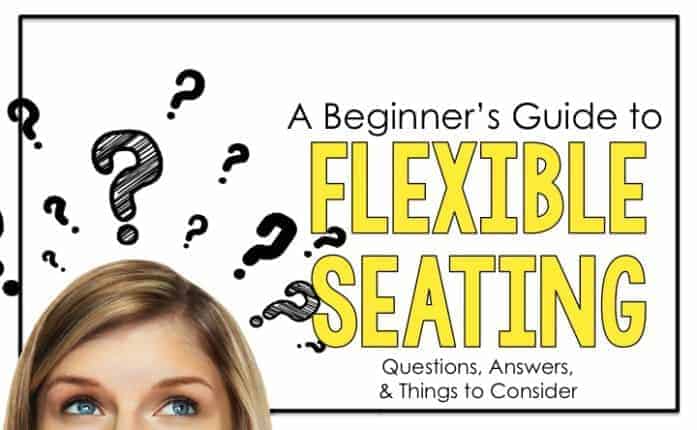
What is flexible seating?
Flexible seating is when a student-centered classroom has a variety of choices (both locations and seating options) for students to use.
Its origins are research-based, and studies have shown that students can better process certain types of learning on certain days using alternative seating options. Moving around is much healthier for our students (and us, i.e., the growing popularity of treadmill desks and wobble stools).
For our kinesthetic learners, this easy classroom adjustment is a lifesaver!
Teachers acquire various chair types, such as wobble stools, standard chairs, beanbag chairs, cushions, scoop rockers, stools, etc. In addition to seating options, there are also options in work areas.
Workstations of various types are set up throughout the room. They can be a table, a wall, a counter, a sofa, or the floor, to name a few.
Another important element is that sometimes, it’s not ‘seating’! Sometimes students will work while leaning, standing, squatting, or kneeling.
And what it isn’t…
Flexible seating can’t be one-size-fits-all, and it can’t be too rigid. If you are a teacher who struggles to keep everyone focused when your students come sit on the carpet, it might not be the right fit for you.
Early in my career, I had a classroom full of yoga balls for the student seats. I would argue that, while cool, this wasn’t a flexible seating environment because it didn’t offer my students much choice in their seating.
(Although, I did keep my chairs and stools so kids could swap out if they needed an alternative seat…or couldn’t follow the rules.) It was, however, a great start, and I saw some great results like these.
It also can’t be a free-for-all. If seating choices impair your ability to keep students on task, you lose precious instructional time.
Flexible seating aims to help students get into a spot most conducive to learning. Therefore, if you’re seeing more off-task behavior, it is time to consider re-teaching rules or modifying the environment.
4 Ways to Prep for Success with Flexible Seating
If you decide to implement this in your class, there are a few key elements to consider as you move forward.
1. Think about a whole-classroom makeover before you get ANY new seating!
Yes, this sounds simple. However, many people skip this step. Know now that it will take up space in your classroom. It will change traffic patterns and require an initial investment.
Before you drop your hard-earned dollars, take the time to make a plan. Think about where things will go. Consider how it will impact student movement, volume, and instruction.
Making a plan first can help reduce disasters and disorganization.
Consider things like:
- Storage space
- Cost & upkeep
- Where the types of seating will work
- How much open space you need
- Traffic flow in your classroom
2. Set expectations (yes, RULES) with your class about the seats and the workstations.
Decide what’s important to you…for example, I allowed my students to do “little bounces” on their yoga balls in my classroom. However, other teachers allow no bouncing.
You must decide your expectations and make them clear to your students.
3. Consider consequences and exceptions.
I didn’t do this before bringing yoga balls into my room. BIG MISTAKE!
Make sure you have a plan for how you’ll address when students break the rules. Also, consider how you’ll approach special situations – medical issues, etc. – before the occurrence. This helps things go more smoothly if a student shows up with a broken leg or can’t handle having so many options.
4. Inform families.
Many parents are unsure about non-traditional-looking classrooms. They can look more chaotic and less structured to a parent popping by or volunteering.
Educating parents on the benefits of flexible seating is important in helping them understand why you’ve decided to make this change and addressing issues if they arise.
A simple letter home or a conversation during your Parent Night events is a great way to get started.
Where to shop for flexible seating options
It can be easy to spend a lot of money on more flexible seating, but no one REALLY wants to do that. There are great ways to stock your classroom with seating options on a budget. You can also set up a Donors Choose project to help finance some of your plans.
If you’re wondering where to look to get started, here are a few great shopping options if you are looking for seating on a budget.
- Amazon.com: Amazon has some great options that go on sale throughout the year. January is a great time to look because many of the best items are also fitness equipment…and with New Year’s resolutions, the sales abound. They’ve now got a whole search area related to flexible seating options.
- Target: Okay, this one is a no-brainer. Teachers love Target. However, if you check their exercise equipment and clearance, you can often find great deals on items for your flexible classroom seating.
- IKEA: This is my least favorite place to shop because it is a human maze, but I love the inexpensive options for my classroom. They have so many good things for so little. Tales of a Tenacious Teacher did a whole post on all the great things she could find at IKEA. You can read more about it here.
- Garage Sales: This option is cheap but requires some digging and persistence. Of course, hitting up five garage sales only to end up with 10 stools for under $5 seems worth it.
Of course, there are lots more options, but these are just a few of my quick and easy favorites.
Next steps
Now that you know more about the ins and outs of flexible seating, you can decide whether it’s right for you and your students.
You might also want more information! If so, check out my post about the critical things to consider BEFORE you start.
Whether you go full-bore or grab 1-2 items to dip your toes in the water, I hope you’ve found these tips useful in getting started.
Looking for more ideas on classroom seating? Check out these articles:
Discover a range of strategies, from innovative flexible options to traditional setups, in our comprehensive guides. Explore related articles for in-depth insights and practical tips to transform your classroom space.



